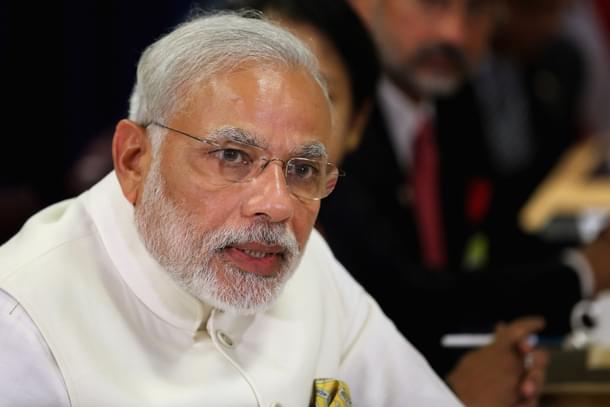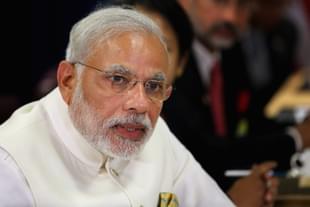Politics
Modi’s LPG Scheme, Now Covering 90 Per Cent Of Homes, Ticks All The Right Boxes
R Jagannathan
Dec 05, 2018, 12:34 PM | Updated 12:34 PM IST
Save & read from anywhere!
Bookmark stories for easy access on any device or the Swarajya app.


One of Prime Minister Narendra Modi’s schemes that has been a runaway success, both politically and economically, is the one to making liquefied petroleum gas (LPG) the primary mode fuel for household cooking. Started three-and-a-half years ago, the state-owned oil marketing companies have now penetrated nearly 90 per cent of households, according to an Economic Times report.
There are now nearly 25 crore LPG connections, 13.6 crore urban ones and 11.3 crore rural ones, as against an estimated 25 crore households in the country. Discounting for households with double connections, the 90 per cent coverage ratio may seem an overestimate, but even at 75 or 80 percent, the achievement is significant.
A key reason for the success of the scheme is the Ujjwala subsidy scheme, under which each below-poverty-line household is given Rs 1,600 per connection over three years. The subsidy has an allocated outlay of Rs 8,000 crore – which is worthwhile for several reasons.
First, the use of LPG reduces pressure on households which use coal, wood and other fuels that damage the environment, and also the health of the user due to the smoke generated.
Second, every LPG household is effectively a user weaned away from heavily subsidised kerosene. In the last financial year, the kerosene subsidy fell drastically by around Rs 3,000 crore due to this shift to LPG. While the LPG subsidy will obviously rise, the kerosene subsidy will probably end almost fully by 2020.
Three, the poorest states have been the biggest beneficiaries, suggesting that this scheme is fairly correctly targeted. Uttar Pradesh, with 9.86 million Ujjwala connections, Bihar (6.94 million), West Bengal (6.78 million), Madhya Pradesh (5.22 million), Rajasthan (4.3 million), Odisha (3.51 million), Chhattisgarh (2.64 million) and Jharkhand (2.54 million) are the biggest beneficiaries. The targeting may also have some political intent, since West Bengal and Odisha are where the BJP is targeting its next growth thrust.
Fourth, the LPG subsidy itself may be whittled down by extending piped gas distribution to more than 400 districts over the next three years. Unlike LPG supplied through cylinders, piped gas is not subsidised at all.
The piping of gas to so many districts will involve huge outlays, but the focus is correct. Cooking gas supply to almost all households may well be regarded as Modi’s best scheme ever. It is popular and economically and ecologically a sound proposition. Any marginal subsidies that remain for the poor can easily be absorbed by the budget.
If the BJP manages to overcome anti-incumbency in the three Hindi states now in the midst of assembly elections, this scheme would have played a major part, for it has been a big hit with women.
Jagannathan is former Editorial Director, Swarajya. He tweets at @TheJaggi.





